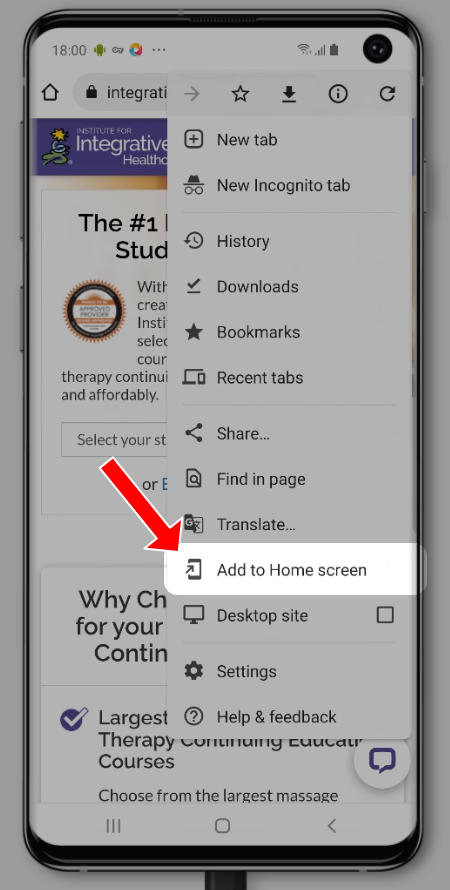

 Want to earn continuing education credit for this article? Learn more.
Want to earn continuing education credit for this article? Learn more.
Most bodyworkers are aware that breathing deeply helps relaxation. As a result, many guide their clients toward diaphragmatic breathing during sessions to complement their work. However, research further elevates the therapeutic benefits of deep breathing and demonstrates that breathing technique influences more than relaxation levels.
Based on a groundbreaking study, bodywork practitioners have every reason to incorporate breathwork into sessions for chronic pain. In addition, this study encourages practitioners to teach clients diaphragmatic breathing techniques to reduce chronic pain between bodywork visits.
Research led by Arthur Craig, Ph.D. from Barrow Neurological Institute at St. Joseph’s Hospital and Medical Center in collaboration with investigators in the Department of Psychology at Arizona State University, was published in Pain, the journal of the International Association for the Study of Pain. This study demonstrated that controlled breathing at a slowed rate could significantly reduce feelings of pain. More details about their research are described below:
- The pain responses of women with the chronic pain condition fibromyalgia were measured and compared to healthy women of the same age.
- When the women performed slow breathing, their reactions to a moderately painful stimulus – brief pulses of heat from a probe placed on the palm – were reduced.
- Both groups of women reported less emotional discomfort and lower pain intensity when they slowed their normal breathing rate down by half.
- Although the benefit was greater and more consistent among the healthy study participants than those with fibromyalgia, even women benefitted from slowed breathing.
According to lead researcher Dr. Alex J. Zautra, a psychology professor at Arizona State University in Tempe, these findings suggest that breathing techniques could offer an additional way to deal with fibromyalgia or other types of chronic pain.
Along with many holistic disciplines, yoga and meditative practices teach deep, slow, diaphragmatic breathing techniques. Based on Zautra’s hypothesis and other health teachings, the benefits of deep and slow breathing are likely due to one or more of the following:
- Nervous system balance – Slow breathing helps improve the balance between the sympathetic nervous system (the fight-or-flight response that raises the heart rate, blood pressure, and perspiration during stress) and the parasympathetic nervous system (responsible for the relaxation response).
- Oxygenation – Shallow, rapid breathing restricts the amount of oxygen circulating in the bloodstream, while deep diaphragmatic breathing increases oxygen. Deep, slow breathing more than doubles the blood’s oxygen quantity.Muscle hypertonicity – Shallow, rapid breathing tightens the neck and shoulder muscles, easily leading to a cycle of chronic pain in these areas.
- Muscle hypertonicity – Shallow, rapid breathing tightens the neck and shoulder muscles, easily leading to a cycle of chronic pain in these areas.
As most bodyworkers know, helping your clients breathe slowly and deeply using their diaphragm muscles can improve their response to massage therapy. However, practitioners advising diaphragmatic breathing as a daily practice can play an even greater role in their clients’ quest to defeat chronic pain. By educating chronic pain sufferers about deep, slow breathing’s proven role in pain relief, massage therapists can influence their clients to practice this kind of breathing any time they notice discomfort.
Editor’s Note: For more information about diaphragmatic breathing, read Diaphragm Strengthening for Neck & Shoulder Pain.
Earn continuing education credit for this article contained in our The Impact of Fibromyalgia series. Click here to enroll.












